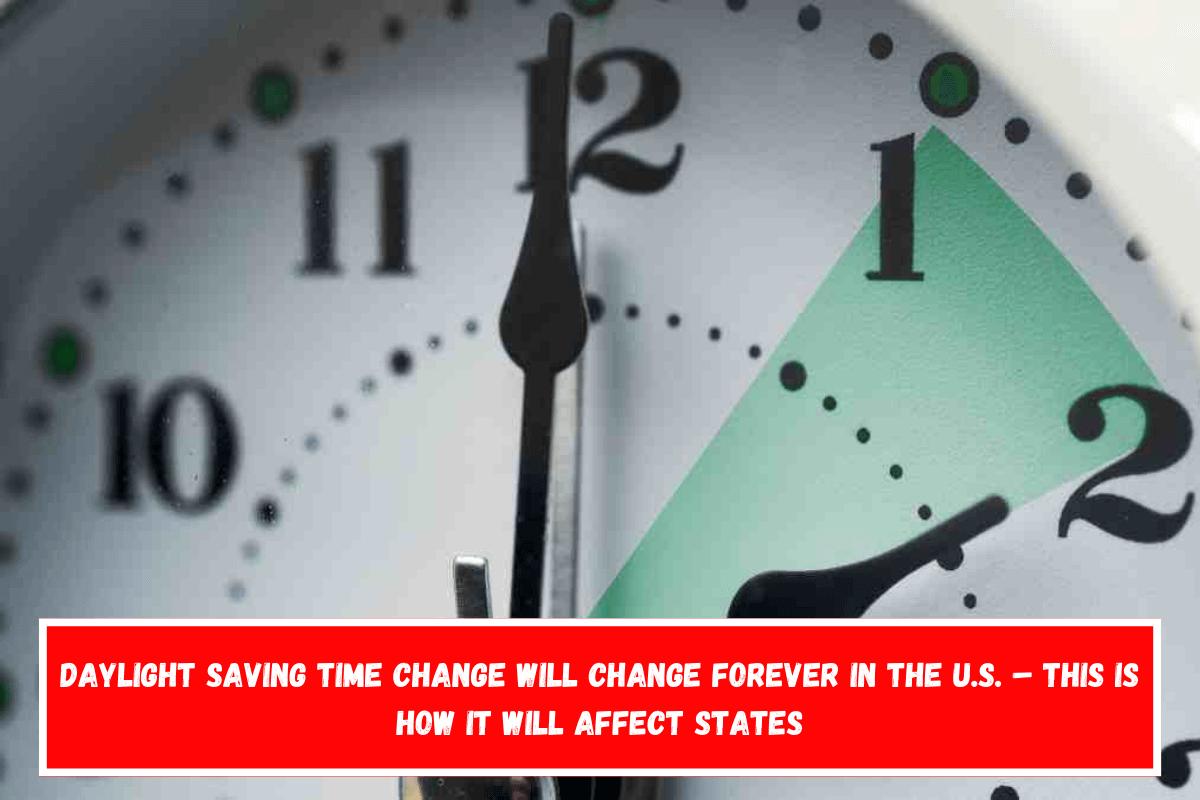Daylight Saving Time (DST) in the United States will cease on Sunday, November 3, 2024. While many Americans are accustomed to the biannual clock adjustment, there is rising disagreement about whether we should continue with this practice. Although numerous states have approved legislation to preserve DST year-round, it still needs federal approval to be permanent.
DST is currently a government standard under the Uniform Time Act. Until Congress decides to repeal this act or enact new legislation, Americans will have to change their clocks twice per year. Let’s look at the history of DST and how it evolved in the United States.
The origins of daylight saving time
1. Benjamin Franklin and candle-saving
While in Paris in 1776, Benjamin Franklin made a lighthearted suggestion about altering daily plans to maximize daylight and limit candle usage. Although his plan was not followed, Franklin is often credited with developing the concept of changing routines to maximize natural light.
2. Germany’s first adoption in 1916
Germany was the first country to use DST to preserve fuel during World War I, doing so in 1916. France and other countries quickly followed suit, hoping to make the most of the daylight hours throughout the war.
3. The united states joins in world war 1st
The United States instituted DST in March 1916 to preserve energy as it prepared to enter World War I. However, the energy savings were minor, and there was much opposition, notably from the agriculture sector.
4. Resistance from farmers
Unlike popular assumption, DST did not aid farmers. The American Farm Bureau Federation said that the time change hindered agricultural shipping and interrupted natural work patterns, which are based on sunshine rather than clock time.
5. The uniform time act and the 1970s energy crisis
In 1966, President Lyndon B. Johnson signed the Uniform Time Act, which established a nationwide standard for DST. During the 1970s energy crisis, DST was observed all year, but Congress rapidly reversed the policy due to mixed effects.
6. Modern adjustments: extending daylight saving time
In the United States, DST was extended to seven months in 1986, then to eight months in 2005, where it remains today. However, states such as Florida and California have pushed to preserve DST year-round, but this objective remains out of reach without federal consent.
The future of daylight saving time in the U.S.
Unless Congress updates the Uniform Time Act, the next DST transition is set for Sunday, March 9, 2025. Until then, Americans will continue to acclimate to the biannual time change, which has sparked discussion about its influence on modern living.
Also See:- If you think you have a very valuable and rare coin, here’s what you should do















Leave a Reply